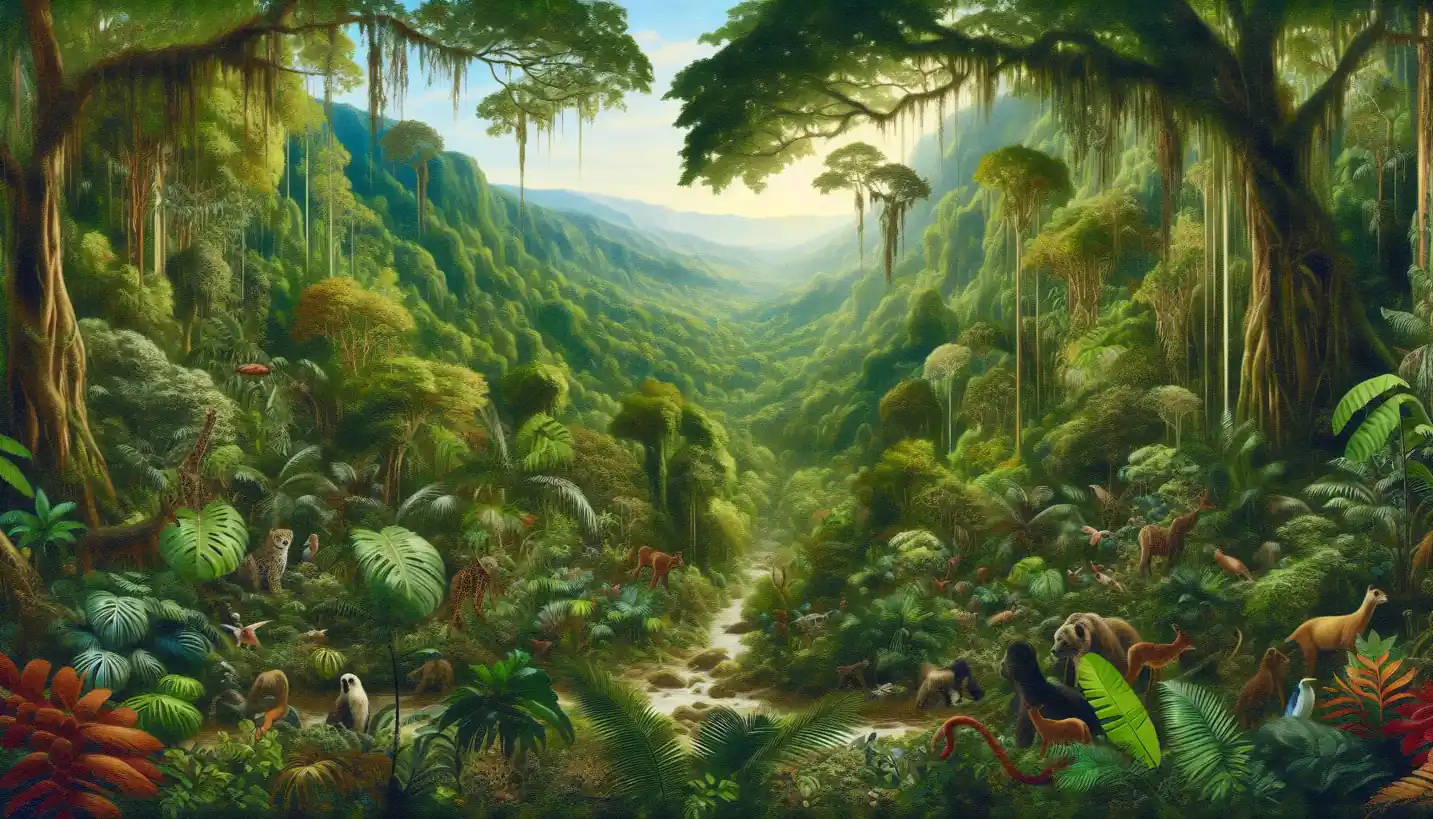· Biology · 4 min read
Nekton: The Ocean's Dynamic Swimmers
Nekton are dynamic swimmers that bring oceans to life with their movement. Explore how these active creatures contribute to marine biodiversity.

Fish darting gracefully beneath the waves, dolphins leaping in synchronized arcs, or even the majestic glide of a manta ray—these are just glimpses into the world of nekton. Nekton, a fascinating realm within marine biology, refers to the actively swimming creatures of the ocean that can move independently against the water currents. Unlike plankton, which drift with the tides, nekton includes a variety of animals ranging from the smallest fish to the largest whales.
Diving into Nekton
The term “nekton” covers an incredible range of marine life, united by their ability to propel themselves through water. Think of nekton as the ocean’s athletes, using muscles and fins to navigate their watery world. These creatures have evolved fascinating adaptations to make their way through their liquid environment, playing essential roles in marine ecosystems.
The Many Faces of Nekton
Nekton isn’t limited to fish. When we talk about nekton, we also include reptiles like sea turtles, mammals such as dolphins and whales, and even some types of squid. What ties all these different creatures together is their shared capacity for active movement in the water, defying the natural drift of currents.
Why Nekton Matters
Nekton plays critical roles in ocean ecosystems, acting as both predator and prey. For example, they help control the populations of smaller organisms, maintaining balance in the food chain. This balance is crucial for the health of coral reefs, open ocean ecosystems, and coastal environments alike.
Moreover, nekton are vital for the oceanic carbon cycle. As they digest food and move through various depths, they help transfer carbon—an essential part of regulating Earth’s climate—from the surface to the depths of the ocean.
The Nekton Puzzle: Adaptations and Survival
Adaptations are key in the world of nekton. Imagine trying to swim in a vast ocean while avoiding being eaten or getting lost. Each nekton species has developed unique physical traits to help them thrive. Fish may have streamlined bodies to minimize water resistance, dolphins use echolocation to navigate and hunt, and sharks boast finely tuned senses to detect prey from afar.
These adaptations aren’t just fascinating from a biological standpoint; they also inspire technology. Engineered designs for boats and underwater vehicles often draw on principles observed in the fluid dynamics of nekton.
A World in Motion: How Nekton Interacts with the Environment
Consider how nekton interacts with its environment. Migratory patterns, for instance, are an intriguing aspect. Some species of nekton travel thousands of miles across the ocean in search of food or breeding grounds. These migrations highlight the incredible abilities of these creatures to navigate using cues such as the Earth’s magnetic field, the position of the sun, and ocean currents.
Pollution and climate change pose significant threats to nekton. Oil spills, plastic waste, and warming waters can disrupt their habitats and challenge their survival. The health of nekton populations can often serve as an indicator of the broader health of marine ecosystems.
The Human Connection
Humans have a long-standing relationship with nekton. Our diets and economies benefit greatly from fishing industries, which rely on nekton species. However, overfishing is an ever-looming threat, potentially leading to depleted populations and threatening the balance of marine ecosystems.
Conservation efforts focus on sustainable fishing practices and protecting the habitats of these species. Public interest in ocean conservation has grown, spurred by media and documentaries that highlight the vulnerability and beauty of nekton species.
Future of Nekton Research
Researchers continue to explore the depths of the ocean to uncover more about nekton. Advanced technologies such as satellite tracking and environmental DNA sampling are expanding our understanding of these elusive creatures.
There’s a growing emphasis on understanding how changing ocean conditions, driven by climate change, will affect nekton. As temperatures rise and ocean chemistry shifts, scientists are keenly aware of the need to monitor and predict changes in nekton behavior and distribution.
Open Questions
What mysteries do these ocean wanderers still hold? Scientists are asking questions about how nekton species will adapt to changing environments and what implications this has for marine ecosystems. These open-ended inquiries not only keep the scientific community engaged but also inspire the next generation of marine biologists.
Conclusion
Nekton, with their graceful moves and vital ecological roles, are a testament to the diversity and complexity of marine life. From the shores to the deepest trenches, these creatures amaze and inspire, drawing our attention to the wonders and challenges of marine ecosystems. Understanding and protecting nekton is not just about preserving biodiversity; it’s about safeguarding the intricate balance of nature that supports life on this planet.
As we continue to learn from and about nekton, the oceans’ dynamic swimmers remind us of the pressing need to respect and protect our blue planet.



